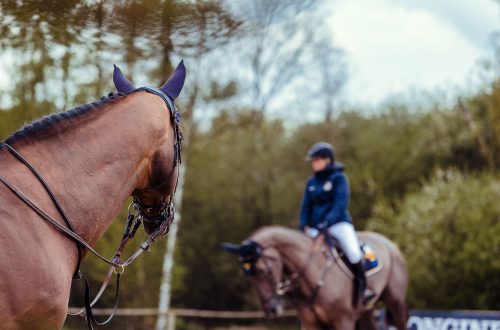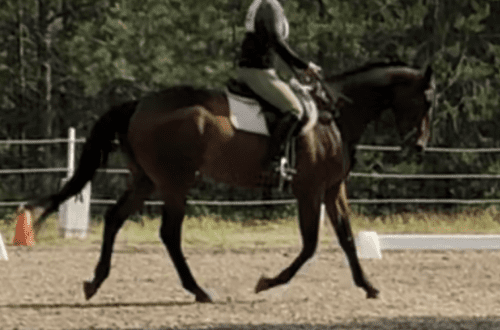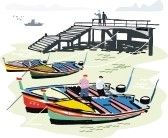
Rider Philosophy: A Tale of Two Boats
Rider Philosophy: A Tale of Two Boats
Riding an unprepared horse can be compared to tacking on a fragile boat between rocks on a stormy sea. You are chattering from side to side, you do not control the situation and are completely dependent on forces beyond your control. Not the most pleasant feeling, is it?
In this article, we use the boat analogy to talk about some of the philosophy behind training a dressage horse.
So, imagine that you are a fairly experienced sailor and today you are in the harbor in your small boat. You were planning to go on a short sailing trip, but, unfortunately, the sea is restless and it seems that it will be stormy in the near future…
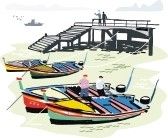
Your friend Ed is also a sailor, and his boat is similar to yours. He dislikes the current sea so much that he decided to stay in the harbor and improve his boat a little. Looking at him, you understand that you have a choice: do the same as Ed and cancel the swim, or go to sea, despite the weather conditions. You love sailing so much that you decided to take a chance – you left a safe harbor.
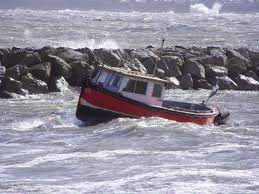
Your boat, of course, needs repair, it lacks a lot, but you took your tools with you and decided to improve the boat as you sail. Since you are at sea, it is easier for you to see all the shortcomings that need to be eliminated in order to improve things, and you get to work.
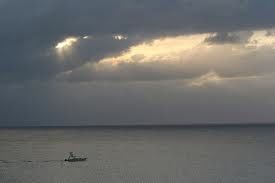
You concentrated on working for a while and suddenly began to notice that the more perfect the boat becomes, the easier it is for you to sail. It seems that the weather conditions have not changed, but the waves push you around less and less. Now it seems to you as if the sea even supports you, instead of threatening you. It becomes so easy for you to navigate that you feel like your boat changes direction or speed on its own whenever you think about it.
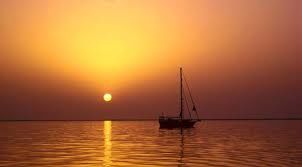
You soon find that you can sail wherever you want, your boat is safe, and the sea is calm! Now you can relax and enjoy swimming. After a fabulous boat trip, you return to the harbor.
But what about Ed? While you went to sea, he did a great job! Staying in the harbor, he carried out an impressive repair: his boat began to resemble a small yacht with all the amenities! Some of your friends even approached him to express their admiration. And you will admit that Ed’s boat looks great.
– And what have you been doing? – your friends are interested in you when they pay attention to your strong, but modest boat. Many words immediately come to your mind that could describe your amazing journey, but you realize that your descriptions will be meaningless. You cannot put your experience into words. You shrug your shoulders and think to yourself, “All that glitters is not gold!”
To understand this analogy, think of a boat as postural the structure of your body, and the sea like the movements of a horse, either unbalanced and threatening, like a storm, or harmonious and supportive, like calm waves.
Ed’s boat, moored in the harbor, is a metaphor for a horse that is restrained and controlled by a rein. This may seem to be a solution to the problem of the unbalanced forces created by the movement of an inexperienced horse against the rider. Holding on to the horse would seem to help you gain control. The horse will show all the elements and figures that are judged in the dressage tests. But the problem is that you will not budge – you will remain in the harbor!
To start transforming a horse, to teach it to work effectively, you need to connect yourself to its movements. This is achieved by working on yourself: you must become stronger, increase your level of physical fitness. Then the movement that pushes you will work with you and support you, just as a calm sea supports and helps a boat. They move as one.
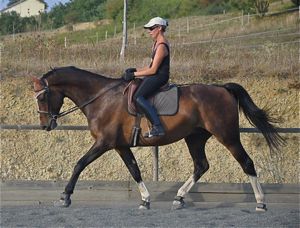
To learn to ride with the horse, in unity with the horse, you must give up trying to control it with the reins and allow your hips, body, loins, legs to develop in the right direction. They must become sufficiently developed. To guide the horse where you need it, you must go to sea if you want to achieve anything!
This is one of the main problems of dressage. Sport requires from the rider of the most elementary level strict control over the horse – one way or another he must force the horse to perform elements clearly and at a certain point, ride figures, etc. This is achieved by riders by controlling the horse with the reins. But in order to ride in unity with a horse, you need to choose partnership with it as a priority.
All figures, elements, movements are needed in order to improve your relationship, to physically improve both the horse and you, and not to ride in competitions! Competitions are just a test, they show what you have achieved, and not an end in itself, not a motivation that should influence your learning. If you adhere to this philosophy in your training, the result will not be as impressive to prying eyes. Your food will not be as expressive as it is now fashionable. But when your horse transforms, you will become one and your movements will be balanced, you will understand what you were trying for!
Translation by Valeria Smirnova (source)



